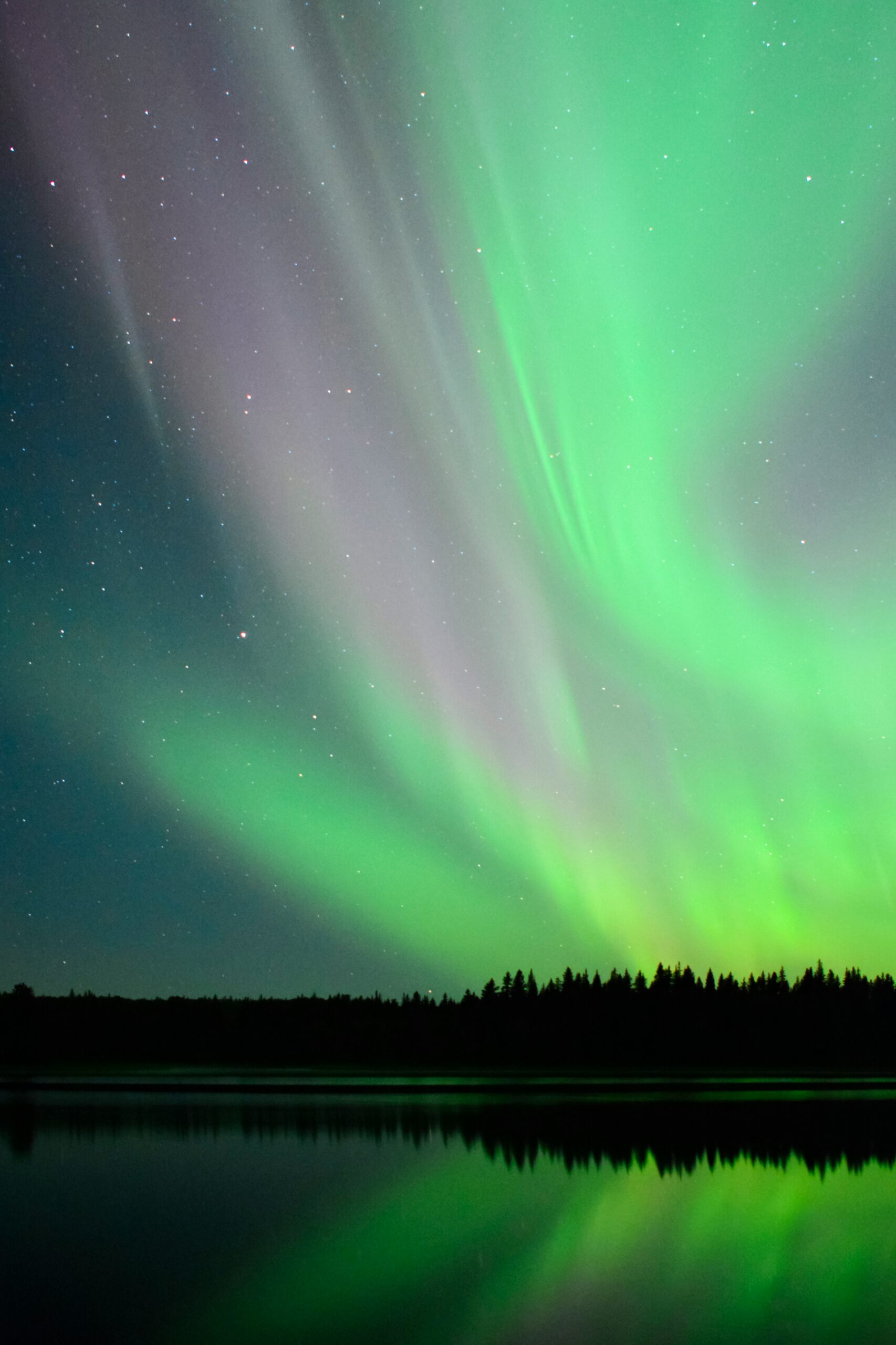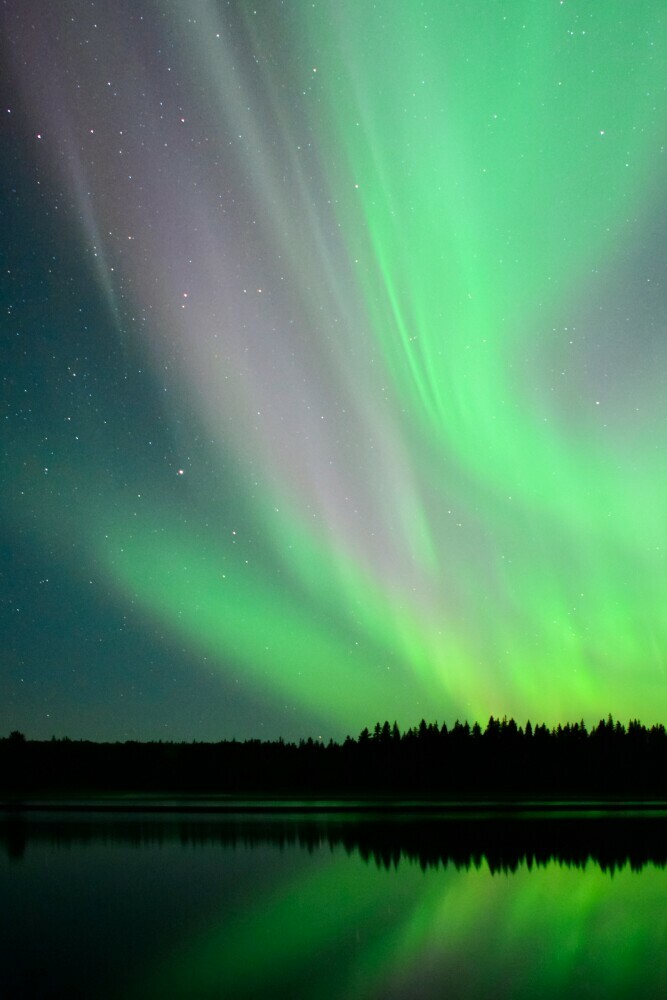 Greg Johnson (2023) [Photograph] Unsplash
Greg Johnson (2023) [Photograph] Unsplash
The Midnight Sun is a phenomenon that captivates the imagination and attracts travelers worldwide. I’ll let you know precisely what it is: for a certain period during the summer, areas near the poles experience continuous daylight. The sun refuses to set below the horizon as if defying the norm. This only occurs within the Arctic and Antarctic Circles and contrasts with the ethereal darkness one associates with the Northern Lights.
While the Arctic Circle is the prime location to witness this breathtaking event, it’s essential to understand that the Midnight Sun vastly differs from the Northern Lights, also known as the Aurora Borealis. Although ‘Midnight Sun Northern Lights’ seems like a singular experience, the persistent daylight of the Midnight Sun means the night sky is too bright for the Northern Lights to be visible; thus, we have the aurora-less summer months.
From an SEO perspective, and to ensure clarity, I’ve strategically placed the targeted keyword phrase ‘Midnight Sun Northern Lights’ within this introductory paragraph. And, to maintain the natural incorporation of our keywords, I’ll delve into why the Aurora Borealis is notably absent during this fascinating time, providing a seamless bridge into the discussion about the elusive Summer Solstice Aurora in the article’s next section.
The Enigmatic Summer Solstice Aurora
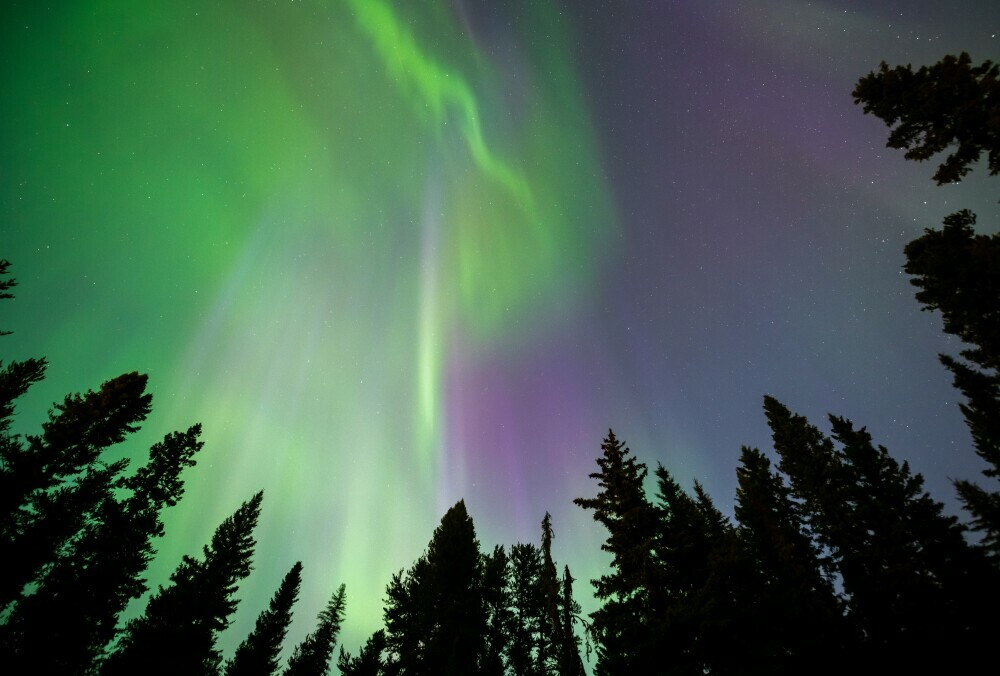 Greg Johnson (2023) [Photograph] Unsplash
Greg Johnson (2023) [Photograph] Unsplash
The summer solstice signals the year’s longest day and brings a unique celestial event – the Midnight Sun. This phenomenon is particularly evident near the poles, where the sun does not set for an extended period. During this time, experiencing the Northern Lights, or Aurora Borealis, in the summer becomes less likely, owing to the sky’s extended daylight hours.
Why are the Northern Lights elusive during the summer months? The primary reason is the abundance of light. The night sky must be dark enough for the Northern Lights to be visible, and the Midnight Sun ensures the sky is never dark enough for the Aurora to display its vibrant colors. This extended daylight overshadows the possibility of the Summer Solstice Aurora, making it a rare sight.
While the summer brings an Aurora Borealis Summer Absence in regions experiencing the Midnight Sun, it doesn’t mean the skies are devoid of splendor. The months of the Midnight Sun are a perfect time to witness other summer night sky phenomena that are just as captivating, such as noctilucent clouds – delicate, ethereal cloud formations that appear to glow at night, often found at high latitudes during the summer.
For enthusiasts eager to explore the polar regions during the times of the Midnight Sun, insight into this interplay between light and dark, sun and stars, is crucial in planning their journey. The absence of the Aurora Borealis doesn’t detract from the natural beauty; it simply transforms the stage for other natural exhibitions.
Maximizing the Midnight Sun Experience
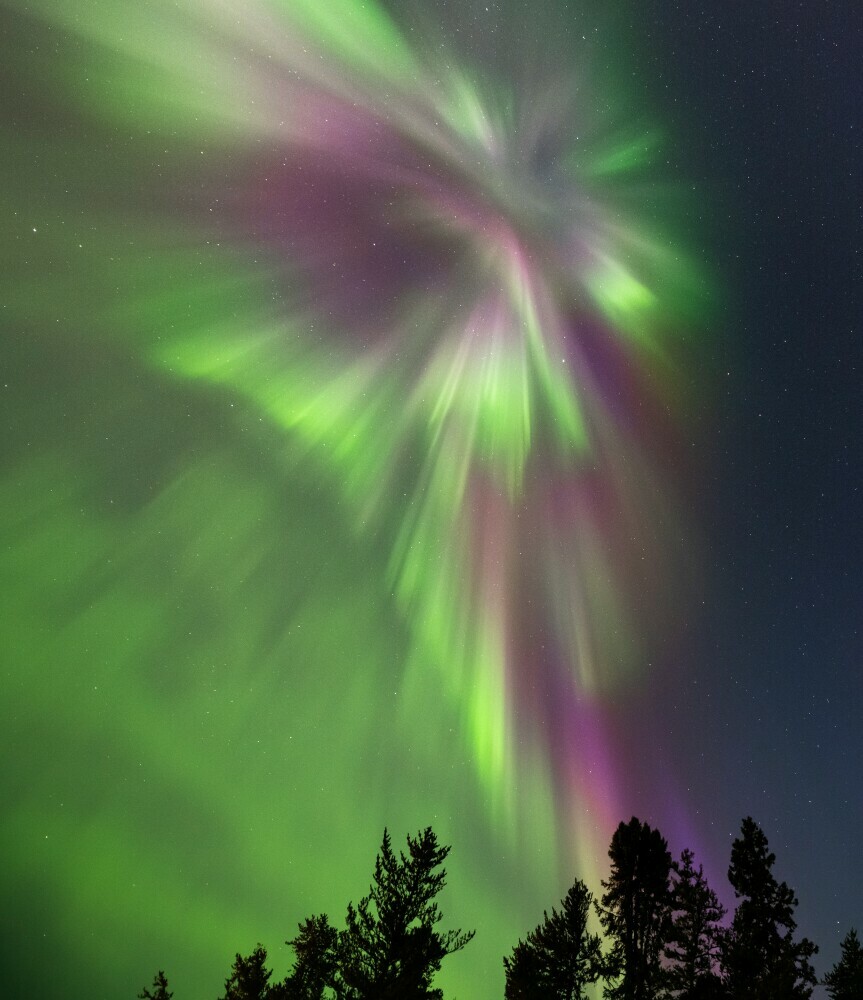 Greg Johnson (2023) [Photograph] Unsplash
Greg Johnson (2023) [Photograph] Unsplash
The Midnight Sun phenomenon is a natural marvel, offering a surreal experience as the sun skims the horizon but never sets. Capturing the essence of the Arctic summer requires planning and knowledge. Here’s how you can maximize your time under the nocturnal sunlight.
To begin, identifying prime locations is critical. The Arctic Circle is vast, but specific areas offer the best views of the Midnight Sun. Norway’s North Cape, Iceland’s Akureyri, and Finland’s Lapland are renowned for their unobstructed horizons and picturesque landscapes.
When it comes to viewing tips, timing is everything. Even though the sun doesn’t dip below the horizon, its position and the clarity of the skies can fluctuate. Checking local weather patterns and sunrise-sunset times can pinpoint the optimal viewing hours for the Midnight Sun’s full effect.
Polar Day is another aspect of the Arctic summer. During this time, the sun remains visible for 24 hours a day, creating a continuous day. Understanding this cycle can help travelers prepare for constant daylight’s unique psychological and physiological effects.
As for a travel guide to navigate these conditions, the proper clothing and eye protection can’t be stressed enough. Arctic conditions can still be cold despite the season, and the sun’s glare can be intense. Layered, thermal attire and UV-protection sunglasses are must-haves for any traveler.
Lastly, respecting local cultures and environments enhances the experience. Sustaining the untouched beauty of these remote areas is a shared responsibility. Visitors should remain mindful of their impact, ensuring that future generations can enjoy the Midnight Sun.
Myths and Facts: Aurora Borealis in the Summer
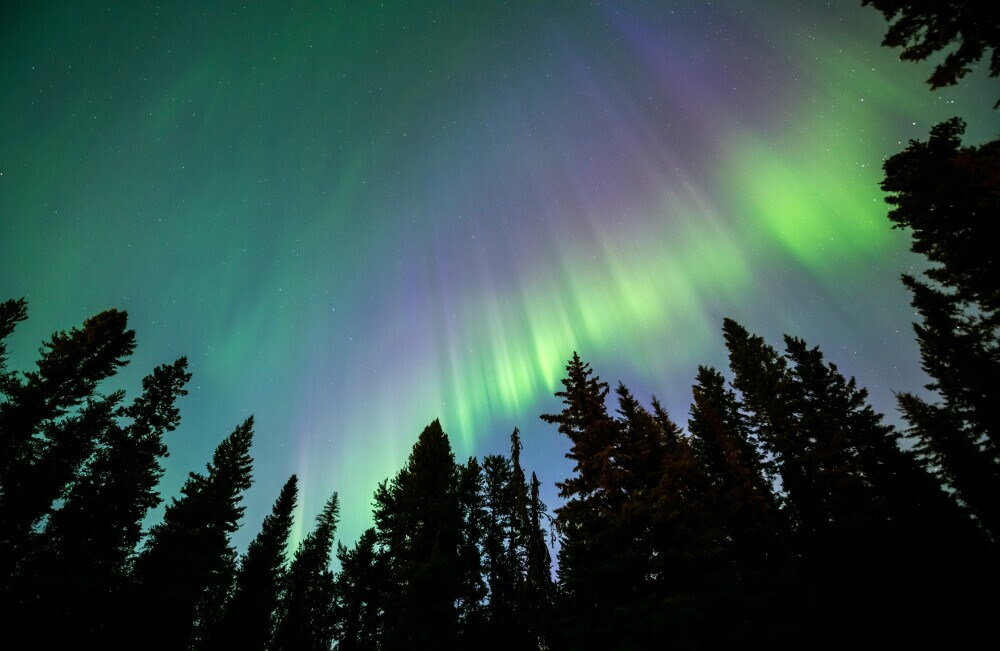 Greg Johnson (2023) [Photograph] Unsplash
Greg Johnson (2023) [Photograph] Unsplash
It’s common to hear rumors and myths surrounding the Aurora Borealis in the summer months. With misinformation spreading as rapidly as enthusiasm for these natural wonders, it’s crucial to separate fact from fiction. I aim to clarify some of the most persistent myths about the Aurora Borealis summer absence while highlighting verified facts, ensuring you understand this celestial spectacle accurately.
One widespread belief is that the Aurora Borealis can’t occur during summer. This is not true. The phenomenon does take place, but the extended daylight hours of the Midnight Sun make it nearly impossible to see. As the Earth tilts towards the sun, the skies at high latitudes remain illuminated, outshining the subtle glow of the Aurora.
Regarding the Northern Lights Seasonal Changes, it’s essential to recognize that the auroras are a year-round event influenced by solar activity. However, their visibility is seasonal, with the darker months providing the best viewing conditions. Even if you’re ardent about experiencing the Northern Lights, planning your visit during the longer winter nights will increase your chances.
Despite the challenges, there are rare occasions when the Summer Aurora Borealis appears. Conditions must be just right, with a powerful solar storm coinciding with a brief window of darkness. If you’re fortunate, you might witness a faint dance of colors on the horizon, a short yet enchanting summer spectacle.
As far as the Midnight Sun Photography is concerned, while the Aurora might be shy during this season, the golden hours of photography extend indefinitely. The muted tones and gentle contrasts present photographers with a canvas as compelling as the vibrant Auroras.
In conclusion, appreciating the Midnight Sun and its impact on summer sky phenomena means resetting expectations and embracing the natural ebbs and flows of our planet’s geography and tilt. The summer may keep the Aurora Borealis hidden behind a curtain of daylight, but it also offers a unique opportunity to bask in endless light. Whether you’re dispelling myths, chasing auroras, or capturing the serenity of the polar day, the key is to stay informed, prepared, and ever hopeful.
(This post may contain affiliate links. If you make a purchase, I may receive a small commission at no cost to you. Thank you!)

